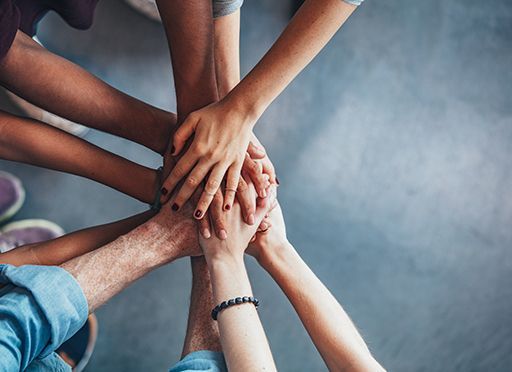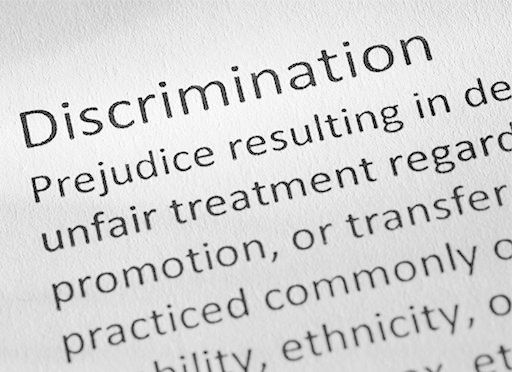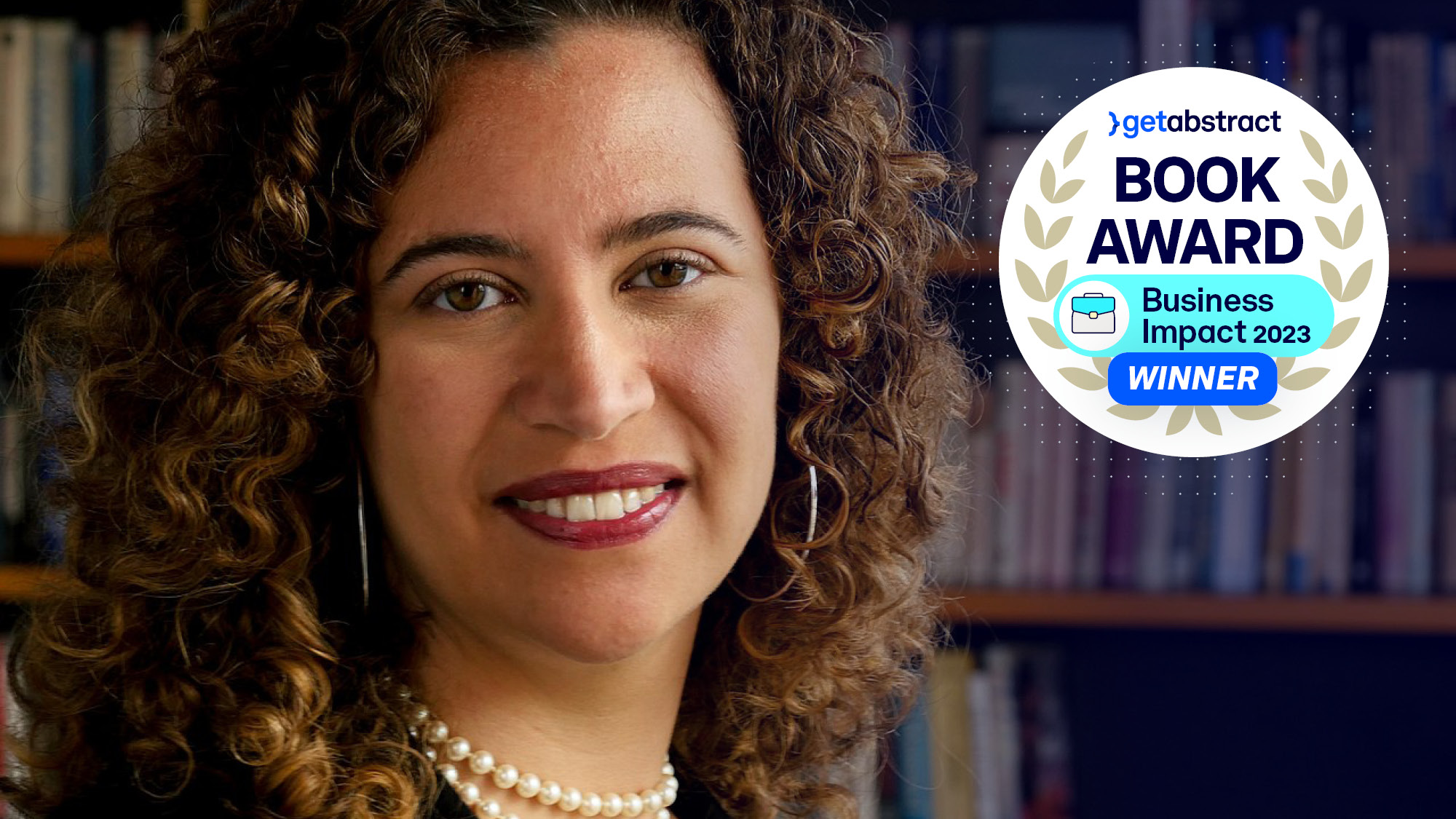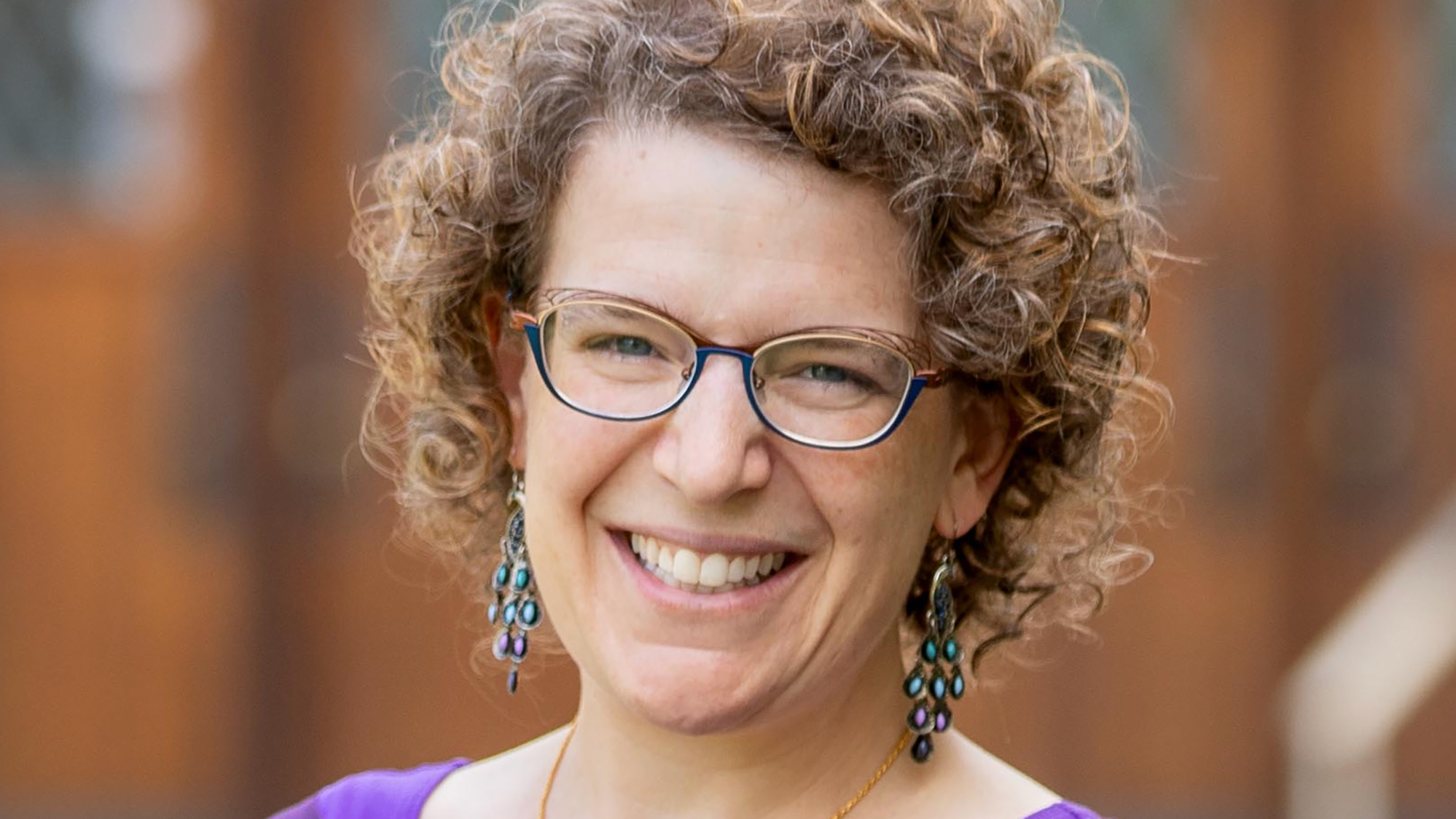“If You Don’t Know How to Connect Effectively Across Cultures, You Miss the Chance to Be Inclusive.”

Tayo, in Use Your Difference to Make a Difference, you observe that leaders increasingly recognize the value diversity offers to innovation, decision-making and bottom lines. Could you outline briefly: Why is the ability to connect across differences a distinguishing leadership skill today?
Connecting effectively across cultures has been something great leaders have been doing throughout history – we just haven’t always called it that. From Julius Caesar to Nelson Mandela, leading great movements requires connecting with and representing people of different beliefs, ideas and backgrounds. In today’s world, where people have easy access to social media, it has become very easy for people to find themselves in echo chambers and get trapped inside their own world without understanding the impact of their actions on others. If you don’t know how to connect effectively across cultures, you miss the chance to be inclusive. You can mistake the fact that everybody around you feels comfortable as the world feeling comfortable. Knowing how to connect effectively across cultures allows you to have an expanded worldview intentionally, as opposed to just living in the world passively.
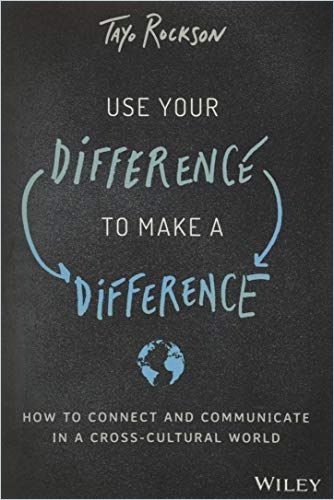
Where do you stand on the bottom-up versus top-down debate related to DEI? How would you respond to the argument that you cannot change structures by changing individual minds?
The two need to work in tandem. However, if I had to choose one over the other, I would pick the top-down approach because the problem is bigger than the individual aspects of it. If you don’t attack a system, discrimination is going to persist because the default is already skewed against people from different backgrounds.
One aspect of the system perpetuating exclusion relates to companies’ recruitment practices. How can companies broaden the applicant base and de-bias the hiring process?
Many companies default to recruiting people with a university education – or they may even zero in on graduates from the top 20 or top 25 schools in the country. But the top 20 schools had already applied their own exclusion criteria when selecting their students – which in no way means that people who haven’t made it into these schools are not smart.
If you don’t attack a system, discrimination is going to persist because the default is already skewed against people from different backgrounds.
Tayo Rockson
Instead, a CEO could say, ‘We need to ensure that we’re not only recruiting for people who went to college because not every role requires a college education. We are going to make sure we have a rigorous system that looks through each applicant’s skills. We’re going to train potential and help people acquire some skills on the job.’ If the guidance comes from the CEOs themselves, everybody from the top down has the mandate to follow it. If people know that there will be consequences or a reward for following these directives, they will have enough of an incentive to move toward greater inclusion.
Can you give a practical example of how a company could shift the needle regarding DEI?
I worked with a global company that was based in Brazil and operated on four continents. Many of the founders and early employees, who were mostly Brazilian, went to Harvard. The company grew quickly, especially during the pandemic, and management decided to make English the company’s official language. At the same time, management wanted to increase the number of black Brazilians working at the company. Making English the company’s first language, however, automatically excluded many potential recruits from Brazil who did not have access to an English language education – a practical example of how the system can exclude people from different backgrounds.
How was the company able to reconcile the two goals of making English the first language and increasing the number of non-English speaking employees?
I advised the company to provide everybody access to English as a second language education at the company. Over the two years I worked with the company, I talked to employees from each of the four continents to find out what their accessibility problems were. The company’s leadership then came up with different ways of increasing accessibility, which varied from region to region. The efforts were successful because they were not one-size-fits-all measures. Every country and every region has different needs when it comes to promoting inclusion.
How can a company tell whether its DEI efforts succeed at making people from diverse backgrounds feel welcome and safe?
I love working with focus groups. Anonymous surveys can also help if you have specific questions. As an outside consultant, I like to interview people one-on-one to get a sense of how they feel working at the company. You will want to figure out to what extent the company allows people to be themselves fully. I will start by asking: ‘Do you feel safe enough to be yourself? What are the things you would like to see that allow you to bring in more aspects of yourself?’
Every country and every region has different needs when it comes to promoting inclusion.
Tayo Rockson
Sometimes I’ll have conversations with people who say they didn’t feel comfortable sharing certain aspects of themselves at their job. For example, one person I talked to, who identified as a lesbian, said she didn’t feel comfortable putting up a picture of her partner because of the way her co-workers were talking. Heteronormative views in the workplace often turn into subtle ways of exclusion. Similarly, a company’s time off policy may discriminate against certain groups. For example, do employees who are parents feel they get punished for being parents?
What are some low-hanging fruits that almost any company can implement to help people feel more comfortable at their jobs?
New hybrid and remote work arrangements that grew out of the pandemic opened up an interesting debate around the concept of what I call “productivity hours.” It refers to the idea that people should be judged by the results they produce and not the hours they work. The nine-to-five lifestyle doesn’t suit everybody. Of course, certain job roles require people to be working at specific times, but many people will do better without this “clock-out” mindset that makes them feel like they have to spend a fixed number of hours at the office even if they don’t accomplish much. What I encourage companies to do is to ask people whether they prefer to be hybrid, virtual or office-based – and then come up with appropriate arrangements for working with each other.
You will want to figure out to what extent the company allows people to be themselves fully.
Tayo Rockson
Furthermore, something as simple as giving people mental days off in addition to sick days off can be very effective. Finally, I am a big fan of employee resource groups. These groups are usually employee-driven and based on an affinity, such as LGTBQ+ or women or a shared ethnicity, work region or even a hobby. Those things foster a sense of community.
Do you have any tips for ensuring remote employees don’t feel excluded when part of their team is office-based?
This is another example where intentionality is so important. Leadership will need to proactively acknowledge that there’s going to be a shift in company culture based on people’s proximity to certain things. Leaders will want to solicit employees’ input on what aspects of the new policies are working and which don’t. They will want to make it clear that speaking up will not be interpreted as complaining but as helping to advance a policy to make everyone feel comfortable. Leaders will want to reassure everyone of their commitment to making everyone feel part of the company and ensuring equal access to benefits.
In the age of cancel culture, how do you help people overcome the fear of saying something “wrong” when speaking up or interacting with people from different cultural backgrounds?
In today’s age, this is one of the hardest things to do. There’s no exact science to it. Again, leaders can set the tone by modeling certain behaviors. One powerful thing leaders can do is talk about their own mistakes. They could say something like, ‘I know I’ve made mistakes in the past and I will continue to make mistakes. However, whenever I do, I’m going to let you all know.’ When a mistake is made, it’s very important for leaders to own it, share the feedback they’ve received and outline the next steps they will take to remedy the situation. This will let people know they won’t be punished for expressing their concerns and that their input will be heard. If more and more leaders feel comfortable talking about their mistakes, the behavior will eventually become part of the company culture.
Leaders will want to reassure everyone of their commitment to making everyone feel part of the company and ensuring equal access to benefits.
Tayo Rockson
I think that what you are advocating is for a company to embrace a learning mindset: The notion that we are all here to learn and not to get everything perfect right away.
Yes – and there also has to be a culture of openly addressing things that will inevitably affect the workplace. Sometimes I work with companies that don’t want to acknowledge the fact that there’s a big election going on, for example. But regardless of whether you acknowledge it or not, people will be affected by it. So it’s better to say, ‘I know this is a very divisive election and we’re not all going to agree. So this is what we are going to do on election day. You decide whether you want to show up or not. And here are the resources we have in case you need help with time off or anything like that.’
What about diversity training workshops? How effective are they, or how can you make them more effective?
The most ineffective ones are the one-time ones. Unfortunately, those also are the ones that happen the most. Diversity training is most effective when companies run them in several phases, perhaps in partnership with a consultant. You must start by gathering information to identify the problems and all their nuances related to diversity and inclusion. You can then tailor the training accordingly. Some people may need to learn how to have difficult conversations. Other people may need training on how to hire inclusively. Still, others may need training in emotional or cultural intelligence.
Connecting effectively across cultures has been something great leaders have been doing throughout history – we just haven’t always called it that.
Tayo Rockson
You may also want to help employees set up resource groups. You will then want to do weekly or bi-weekly check-ins and at the end of a cycle, you will want to measure your progress. Based on the information you gather, you will know what worked and what didn’t and what you will want to do next. The most effective training is conducted over the long term. DEI should not be about a series of special events. It must be part of a company’s long-term strategy.
About the Author
Tayo Rockson is a diversity, inclusion and antiracism consultant. He heads the strategic leadership and consulting firm UYD Management.

